Welcome, dear readers, to a captivating journey through the rich cultural artisanal heritage of Fez, the enchanting city of Morocco. Today, we embark on a historical expedition, delving into the world of the famous Moroccan slippers, also known as babouches. Moreover, prepare to be captivated by the tales of craftsmanship, tradition, and elegance that have been woven into the very fabric of these iconic footwear.
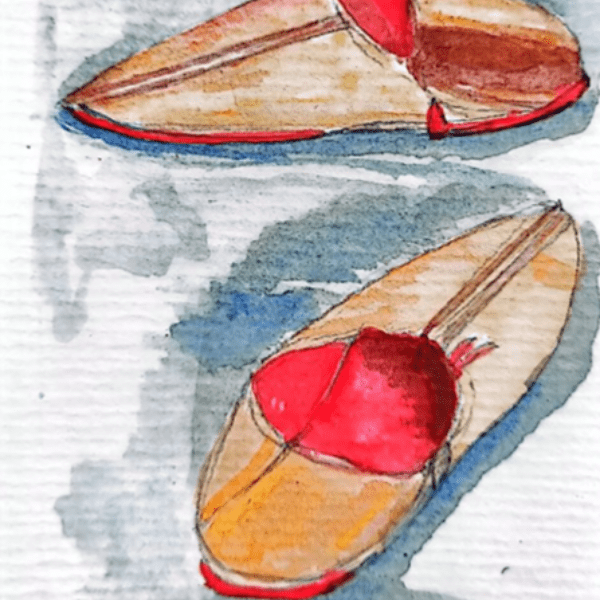
The Moroccan Slipper Origins: Exploring the Cultural Artisanal Heritage of Fez
To truly appreciate the cultural significance of Moroccan slippers, we must first understand their origins. Fez, renowned for its centuries-old medina, has long been a hub of artistic expression and craftsmanship. The art of shoemaking in this city dates back to the 9th century when skilled artisans began to create footwear that would not only adorn the feet but also reflect the wearer’s social status and cultural identity.
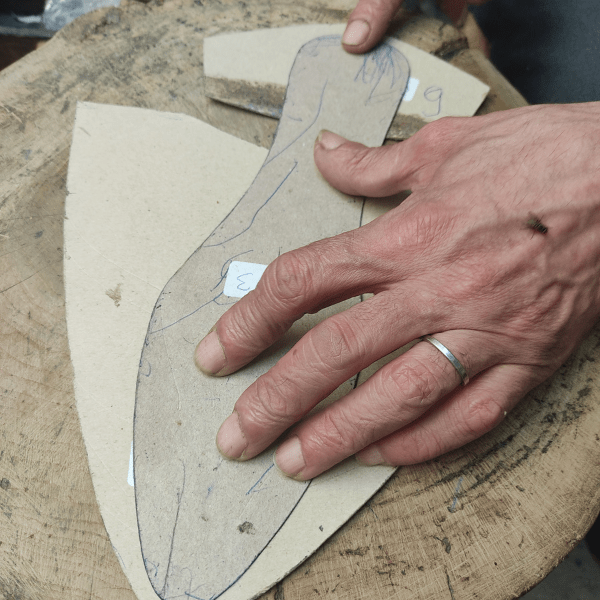
The Craftsmanship of Moroccan Slippers
Skilled artisans meticulously handcraft Moroccan slippers using traditional techniques passed down through generations. Firstly, they select high-quality leather, often sourced from local tanneries. Additionally, artisans cut the leather into precise patterns and carefully stitch them together using strong threads. Furthermore, they achieve the distinctive pointed toe and curved shape of the babouche through intricate folding and stitching, showcasing their mastery.
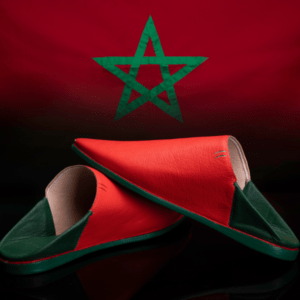
Stylish slippers Marok
Step into luxury with our exquisite stylish slippers Marok. Handmade with pride and crafted from the finest goat leather, these Moroccan slippers are a perfect blend of tradition and elegance. Available in two colors inspired by the Moroccan flag, they are a symbol of our rich cultural heritage.

Symbolism and Embellishments for stylish slippers
Beyond their functional purpose, Moroccan slippers carry symbolic meanings deeply rooted in the country’s culture. Moreover, the choice of colors, patterns, and embellishments serves to reflect the wearer’s identity, social status, and even marital status. Vibrant hues like yellow, royal blue, and fiery red are frequently employed to signify wealth and prestige. Additionally, artisans incorporate intricate embroidery, delicate sequins, and metallic threads to enhance the beauty and elegance of the slippers, transforming them into true works of art.
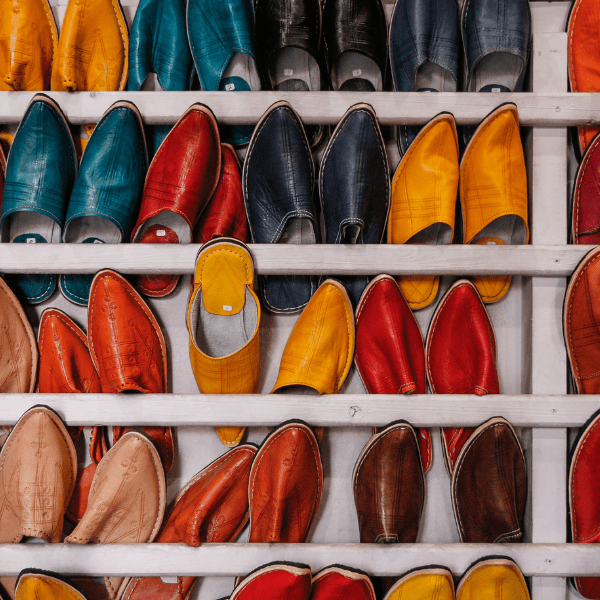
A Window into Moroccan Culture: Exploring the Cultural Artisanal Heritage of Fez
Moroccan slippers aren’t just footwear; they offer a glimpse into Moroccan culture. Each region boasts its style, with Fez famous for goat leather, detailed embroidery, and luxurious materials. Wearing these slippers lets you connect with Fez’s history and traditions, carrying Moroccan heritage with each step.
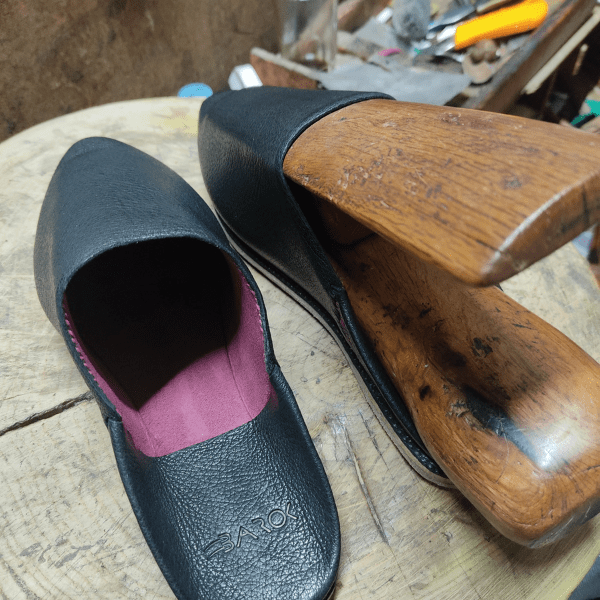
Preserving the Craftsmanship of Fez
Amid modernization and shifting fashion, preserving Moroccan slipper craftsmanship is crucial. Luckily, there’s a resurgence of interest in these traditional shoes, both locally and globally. Artisans collaborate with modern designers, blending old techniques with new styles, ensuring this heritage endures for future generations. Additionally, this revival not only sustains ancient traditions but also fosters economic opportunities for local artisans and promotes cultural exchange globally.
As we conclude our journey through Fez’s cultural artisanal heritage, we marvel at the craftsmanship and timeless elegance of Moroccan slippers. Moreover, these iconic shoes attest to Fez’s artisans’ skill and dedication, offering a glimpse into Moroccan culture. Let’s cherish and celebrate this heritage, ensuring the legacy of Moroccan slippers enchants and inspires future generations.


